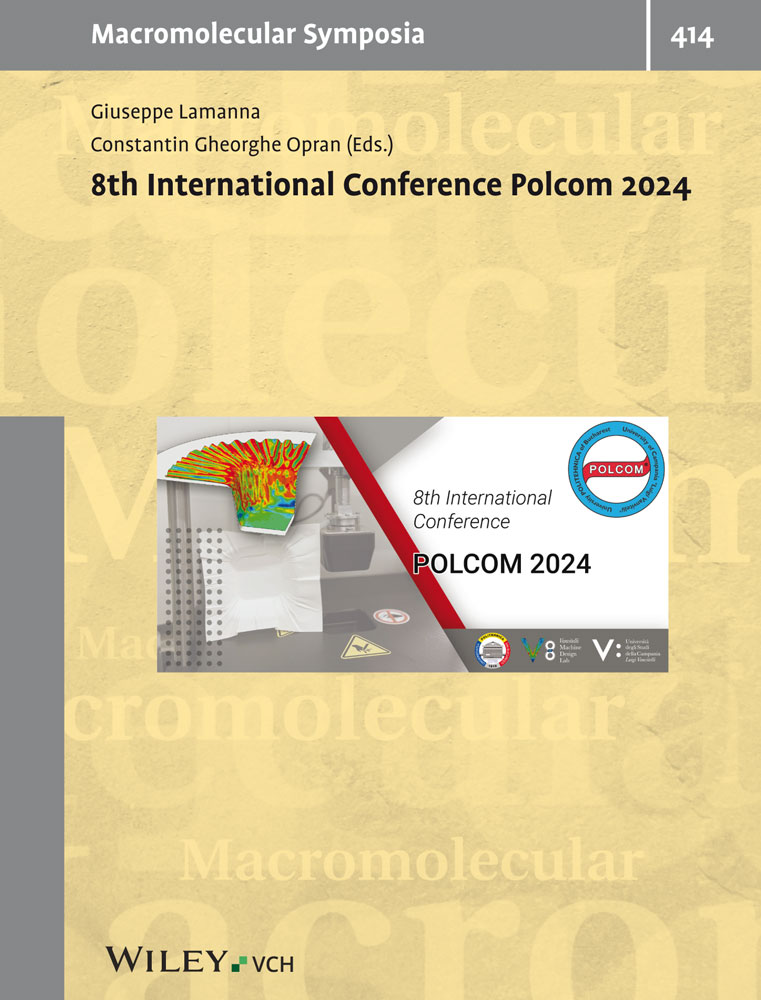On the structure of sulfonic acid doped thermoreversible polyaniline gels
Abstract
Thermoreversible polyaniline (PANI) gels of varying weight fraction of PANI are prepared with dinonylnaphthalenesulfonic acid (DNNSA), dinonylnapthalenedisulfonic acid (DNNDSA), (±)-camphor-10-sulfonic acid (CSA) and n-dodecyloxo sulfonic acid (DOSA). The surface morphology is studied using atomic force microscopy (AFM) for 15% PANI concentration (w/w). The AFM study clearly reveals the formation of lamellar morphology in the gel. X-ray scattering experiments of these gels also put evidence for the lamellar structure formation. The lamellar thickness measured from X-ray results remain invariant with composition for PANI-DNNSA and PANI-DNNDSA systems but for PANI-CSA and PANI-DOSA lamellar thickness varies with PANI concentration. Both X-ray diffraction and electron diffraction experiments on the gels of different compositions reveal the existence of new spacings of lower dhkl values which are invariant with composition. These results characterize the formation of new unit cells in the lamella due to the microcrystallization of elongated surfactant tails formed under the doped condition. The dhkl values characterizing the lamellar thickness, bilayer thickness and monolayer thickness are discussed from the molecular models using the MMX program. The variation of lamellar thickness with PANI concentration is discussed from the cohesive force of the surfactant tails within the lamella.




